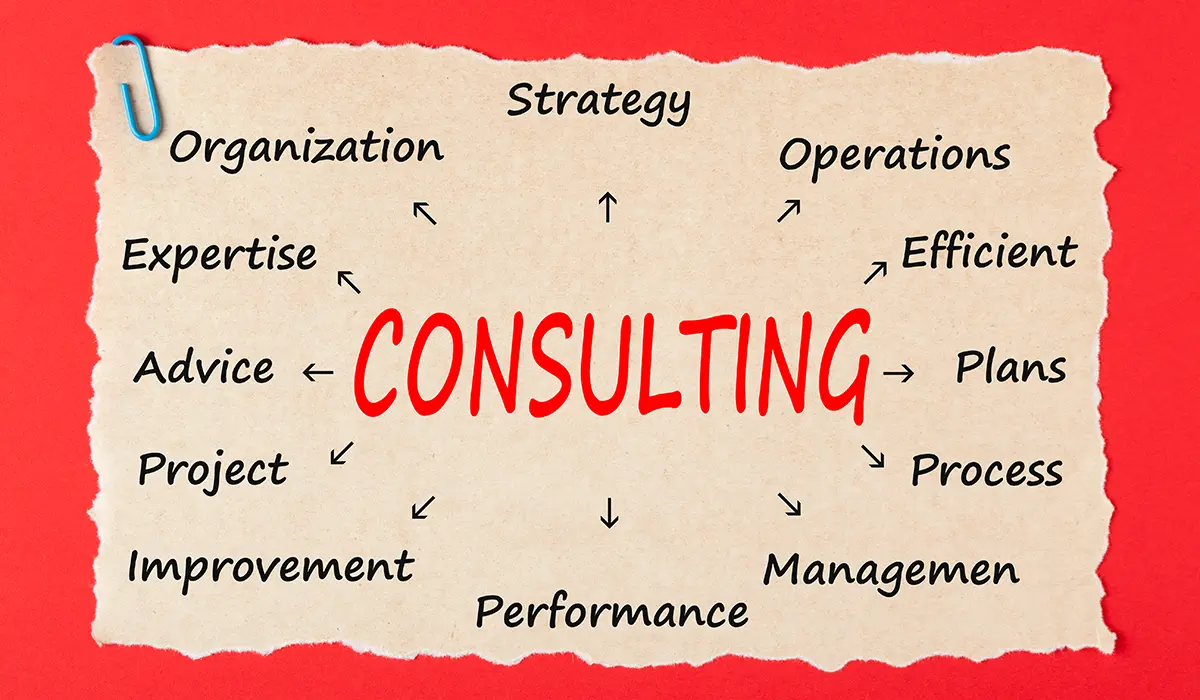What Got You Here Won’t Get You There: The Case for Executive Reinvention
“What got you here won’t get you there.” These words, popularised by executive coach Marshall Goldsmith, serve as a powerful reminder that past success does not guarantee future impact. For senior executives, this truth is particularly poignant. Rising to the top of an organisation requires grit, skill, and strategic acumen—but staying at the top, and continuing to lead effectively in an ever-evolving business landscape, demands something different: Executive Reinvention.
The Leadership Plateau
Senior executives often find themselves at a professional crossroads. They’ve achieved what many aspire to—a top leadership role, influence, authority, and a seat at the strategic table. But with those achievements comes a new challenge: maintaining relevance and agility in a world where yesterday’s best practices are quickly outdated.
This plateau can manifest in various ways: stagnating innovation, reduced adaptability, strained team dynamics, or a disconnect from the organisation’s next generation of leaders. The strategies and habits that were effective in climbing the corporate ladder often become liabilities at the senior level.
Why Executive Reinvention is Non-Negotiable
In a rapidly shifting global marketplace, the demands on senior leaders are intensifying. Businesses must respond to disruptive technologies, evolving workforce expectations, geopolitical uncertainties, and increased pressure for ethical and sustainable practices. Leaders who fail to evolve risk becoming bottlenecks rather than enablers of progress.
Executive reinvention is not about abandoning core values or starting from scratch. It’s about expanding your leadership toolkit to meet new realities. This might involve shifting from a directive style to a more collaborative one, embracing digital fluency, or developing greater emotional intelligence to lead hybrid teams.
Signs It’s Time for Reinvention
- Feedback has dried up: If no one is pushing back or offering new perspectives, you may be operating in an echo chamber.
- Your influence is waning: You notice that your initiatives are met with resistance or indifference.
- Results are stagnating: What used to work no longer produces the same outcomes.
- You’re relying on autopilot: Decisions are made out of habit rather than innovation.
- Your team is disengaged: Talent retention becomes a struggle, and morale is slipping.
The Core Pillars of Executive Reinvention
1. Self-Awareness
Reinvention starts with honest introspection. What are your blind spots? Which leadership behaviours may have helped you succeed in the past but are now holding you back? Tools such as 360-degree feedback, executive coaching, and structured reflection can illuminate areas for growth.
2. Unlearning and Relearning
The ability to unlearn outdated practices is as crucial as acquiring new knowledge. This might mean letting go of control, rethinking how you measure success, or approaching team collaboration with a new mindset.
3. Strategic Curiosity
Senior leaders must cultivate a learning posture. Stay abreast of industry shifts, technological innovations, and cultural movements. Curiosity fuels innovation and positions you to anticipate, rather than react to, change.
4. Empathetic Leadership
Today’s employees want more than direction—they want understanding. Executive reinvention often requires sharpening emotional intelligence, actively listening, and creating psychologically safe environments for teams to thrive.
5. Purpose-Driven Action
Reinvention is most impactful when grounded in purpose. Ask yourself: What kind of legacy do I want to leave? How can I create more meaning in my work and for those I lead?
The Role of Breakthrough Programs
Many executives struggle to reinvent alone. That’s where structured, high-impact programs like the Breakthrough Program for Senior Executives come in. These programs are designed to challenge assumptions, stretch thinking, and provide a safe yet rigorous space for transformation.
Participants often leave with:
- A renewed sense of purpose and clarity
- Actionable strategies to lead more effectively
- Improved communication and influence across stakeholders
- Deeper awareness of personal and organisational blind spots
- Increased resilience and adaptability in the face of change
Final Thoughts
In a world of accelerating change, the most successful senior leaders are not those who cling to the past, but those who continuously evolve. Reinvention is not a sign of weakness—it’s a mark of wisdom. It signals a commitment to growth, relevance, and leading with greater impact.
If you’re feeling that inner nudge—the sense that there’s more to discover about your leadership potential—listen to it. Because what got you here won’t get you there. But with intentional reinvention, you can chart a new path forward—one that is even more impactful than the journey so far.
Ready for Executive Reinvention? Explore the Breakthrough Program for Senior Executives and take the first step toward your next level of impact.
Contact us today for more information on Executive Reinvention.
